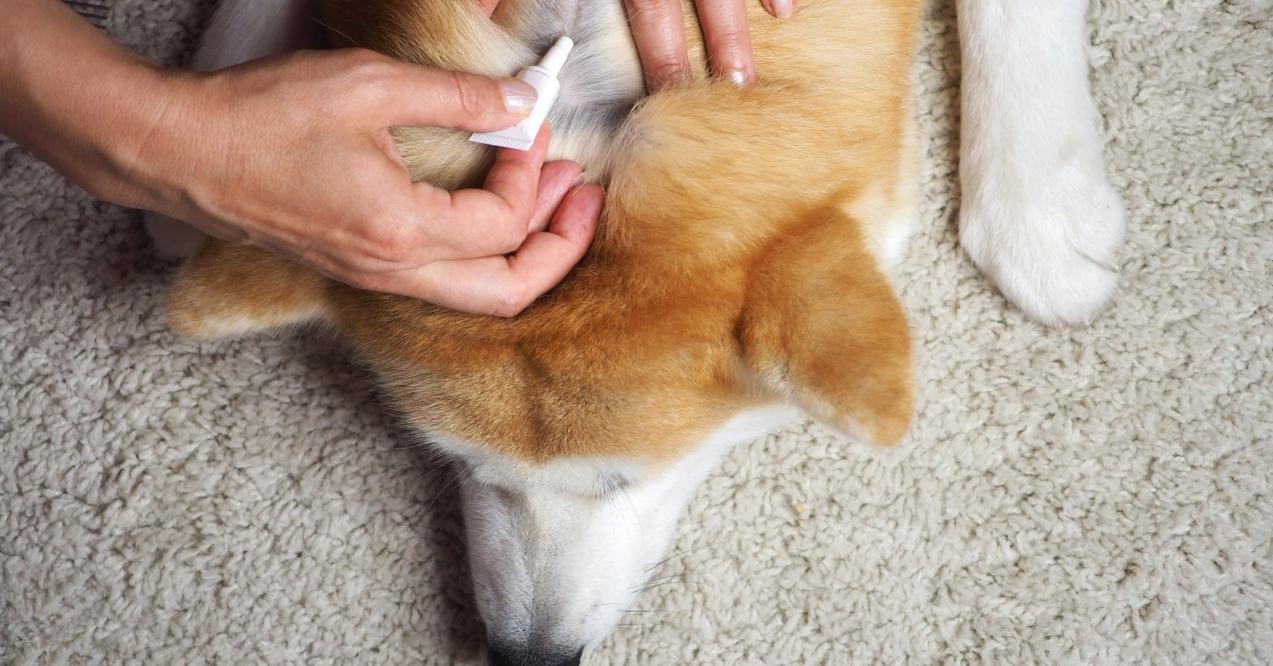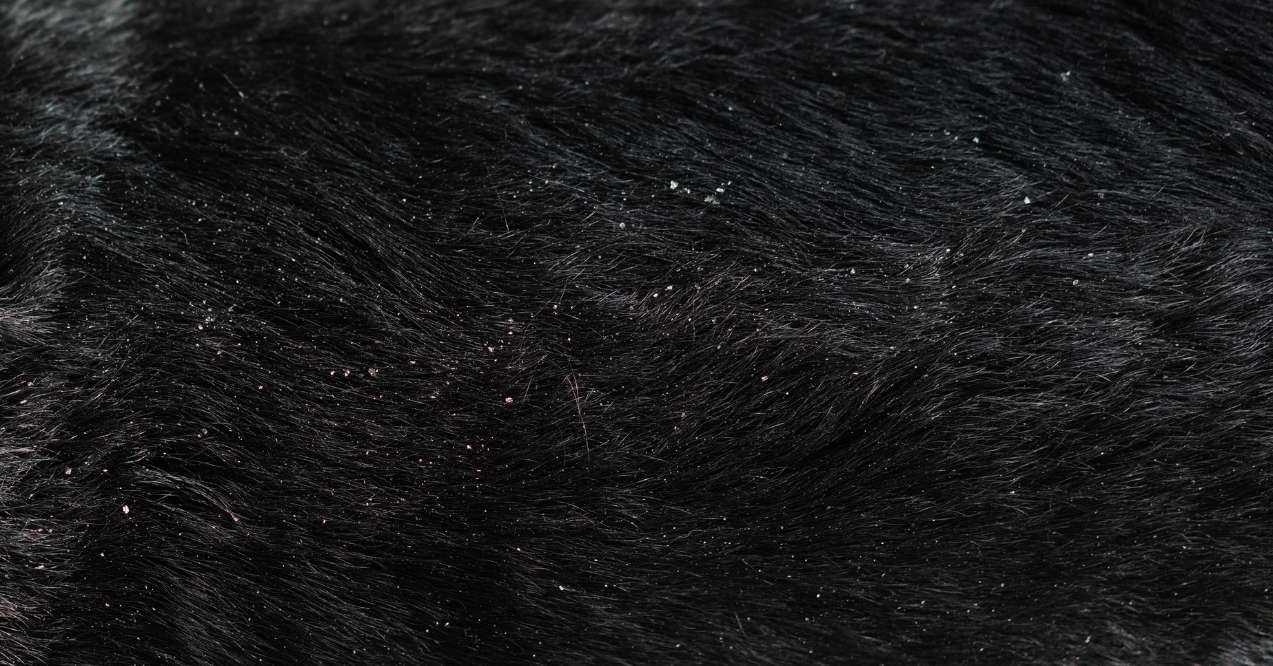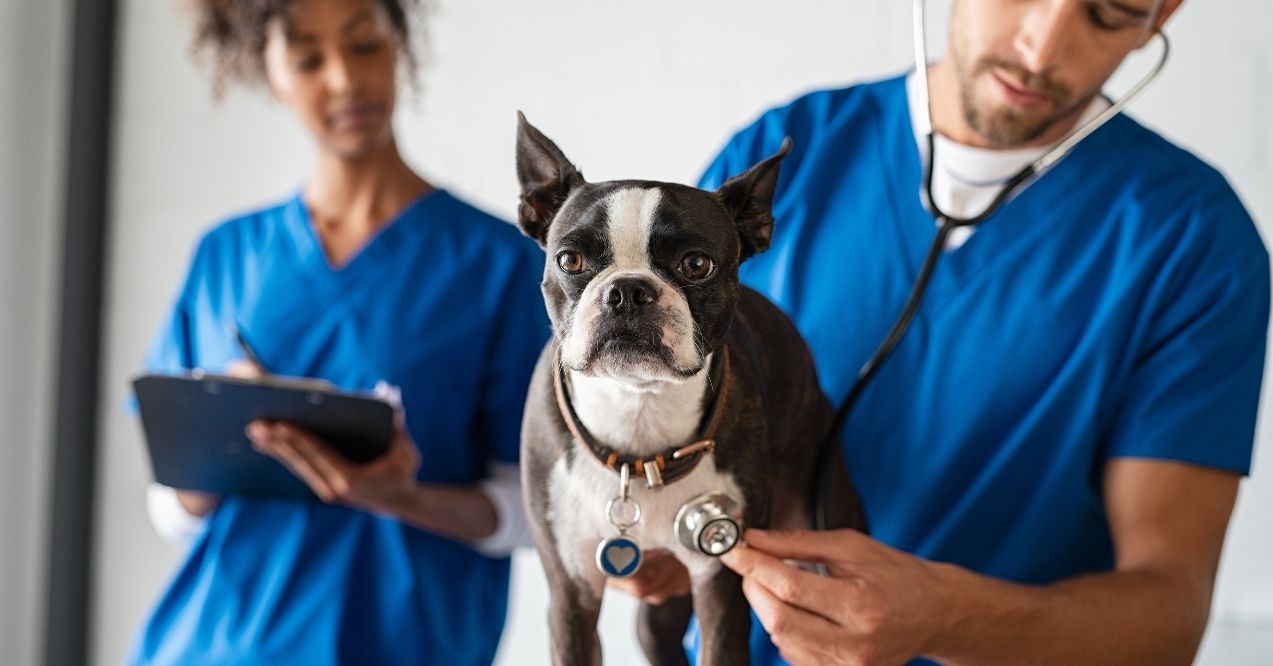How to Tell if Your Dog Has Parasites
Learning how to tell if your dog has parasites early on can make all the difference in their comfort and wellbeing. Most pet parents think they’ll spot signs your dog has a parasite right away. The reality? These tiny troublemakers often go undetected for weeks or months. Let’s explore the subtle signals, physical changes, and expert guidance on keeping your furry friend parasite-free.
The Early Warning Signs Your Dog Has a Parasite
How do you know if your dog has parasites? It’s not always as clear as finding evidence in their stool. Many dogs show subtle changes in behavior or appearance long before obvious symptoms appear. That playful pup who suddenly prefers napping might be dealing with more than just a lazy day. Your typically calm companion who can’t stop scratching could be sending you important signals.
Top 7 Early Signs of Parasites in Dogs
1. Unexplained Energy Changes
Your dog’s energy patterns can tell you a lot about their health. A normally active pup who starts skipping their usual play sessions might be dealing with more than just a lazy day. You might notice them sleeping more than usual during their typically active hours or showing reluctance to go on walks. Some dogs even take frequent breaks during activities they usually enjoy without breaking a sweat.
2. Digestive Issues That Come and Go
Unlike food-related tummy troubles that usually follow a clear pattern, parasite-related digestive issues often appear random and unpredictable. You might notice soft stools one day and normal ones the next, or mild bloating that appears a few hours after eating. Some dogs show small amounts of mucus in their stool or pass gas more frequently than usual.
3. Persistent Licking or Scooting
When parasites cause internal discomfort, dogs often try to find relief through repetitive behaviors. You might catch your pup scooting across the floor, especially after potty breaks, or notice them paying excessive attention to their belly area. This behavior goes beyond normal grooming – it’s more persistent and focused.
4. Increased Irritability or Restlessness
Just as we get grumpy when feeling unwell, dogs experiencing parasite-related discomfort often show subtle personality shifts. Your usually easy-going pup might start grumbling when touched in certain areas or have trouble getting comfortable in their bed. You might notice them pacing more than usual or showing less tolerance for regular grooming sessions.
5. Dull Coat or Excessive Shedding
A healthy coat needs proper nutrition, which parasites can interfere with by stealing nutrients from your dog’s system. The first sign might be a loss of shine in their fur, followed by hair becoming dry and brittle, breaking easily during brushing. You might find yourself sweeping up more hair than usual or notice patchy, uneven shedding patterns.
6. Gradual Weight Loss Without Diet Changes
Weight changes due to parasites often sneak up slowly, making them easy to miss without regular monitoring. The first hints might be feeling more prominent ribs or hip bones during petting sessions, or noticing that their harness needs more frequent adjusting. Loss of muscle mass, especially around the shoulders, can make your pup look leaner even if they’re eating normally or more than usual.
7. Odd Eating Behaviors
Parasites can trigger unusual cravings as your dog’s body tries to compensate for lost nutrients. You might notice them eating grass more frequently or showing new interest in dirt, rocks, or sticks. Some dogs begin chewing on non-food items more frequently or develop an unusual interest in compost or garbage.
Sudden Changes in Energy Levels
When parasites take up residence in your dog’s system, they steal vital nutrients needed for normal energy production. Your pup might seem tired simply because their body is working overtime to deal with these unwanted guests. While a lazy day here and there is normal, consistent lethargy needs attention.
Digestive Red Flags
Parasite symptoms in dogs often show up in their digestive system first. You might notice mild bloating after meals, random episodes of soft stools, or occasional vomiting. These signs can easily be mistaken for dietary issues, but there’s a pattern to watch for: symptoms that come and go without changes in food or routine.
Behavioral Symptoms Of Parasites in Dogs

Knowing how to tell if dog has parasites often starts with noticing subtle changes in their daily routines and habits. These behavioral shifts can appear before physical symptoms become obvious, giving attentive pet parents a head start on addressing potential problems.
Excessive Licking and Scooting
When dogs feel internal discomfort, they often try to soothe themselves through repetitive behaviors. While occasional scooting might happen after potty time, frequent floor-dragging or persistent licking needs attention.
The location of licking can tell you a lot. Belly licking might indicate internal discomfort, while paw licking could signal your pup’s attempt to relieve stress from feeling unwell. Unlike seasonal allergies that come and go, parasite-related licking tends to persist regardless of weather or environment changes.
Some dogs might also:
- Circle more than usual before lying down
- Show increased fixation with their tail area
- Frequently check or sniff their rear end
- Drag their belly across cool surfaces
Unexplained Irritability or Anxiety
Just like you might feel cranky during a stomach upset, your dog’s mood can shift when dealing with parasites. These changes often develop gradually, making them easy to dismiss at first. Your usually social butterfly might start avoiding playmates at the dog park, or your confident companion might become clingy and anxious.
Watch for changes in:
- Their reaction to normal handling
- Tolerance for grooming sessions
- Patience with other pets
- Response to regular routines
- Sleep patterns and restlessness
Physical Symptoms That Shouldn’t Be Ignored
Changes in Coat and Skin Health
A dog’s coat works like a warning light on a car’s dashboard – it often signals internal issues before they become severe. A healthy coat should feel smooth and look vibrant, not dull or brittle. Parasites can affect your dog’s nutrient absorption, leading to visible changes in their fur quality.
Healthy coats typically:
- Reflect light naturally
- Feel soft to the touch
- Shed normally for the breed
- Maintain consistent thickness
- Show no patchy areas
When parasites interfere with nutrition, you might notice:
- A lackluster appearance
- Rougher texture
- Excessive shedding
- Slow regrowth after grooming
- Dandruff or dry skin
- Patchy hair loss
Weight Loss Without a Change in Diet
One of the most reliable symptoms of parasites in dogs is unexplained weight loss. This change usually happens gradually – you might not notice it day to day, but over weeks or months, the difference becomes clear.
Your dog’s body frame can tell you a lot:
- Ribs shouldn’t be visibly prominent
- Hip bones shouldn’t protrude noticeably
- Waistline should be visible but not extreme
- Muscle mass should feel firm, not wasted
Monthly weight checks can help track subtle changes. Take photos from the side and top view every few weeks – they often reveal gradual changes better than memory alone. If your pup maintains their usual appetite but keeps losing weight, it’s time for a closer look at their health.
Preventing Future Parasite Infections
Diet and Gut Health
A balanced diet rich in fiber helps maintain regular digestion and supports beneficial gut bacteria. Many signs your dog needs probiotics overlap with parasite symptoms, so supporting gut health becomes even more vital for their overall wellbeing.
Adding certain foods to your pup’s routine can boost their natural defenses and support a thriving digestive system:
Foods that promote gut health
- Plain, unsweetened pumpkin (adds fiber and soothes digestion)
- Fresh carrots (rich in nutrients that support digestive health)
- Leafy greens (in moderation, providing natural fiber)
- Plain yogurt (if tolerated, offering natural probiotics)
- Sweet potato (gentle fiber source)
- Cooked squash (easy-to-digest nutrients)
Environmental Management
Creating a parasite-resistant environment doesn’t mean keeping your pup in a bubble. Simple daily habits can make a big difference:
- Clean up yard waste promptly
- Wash food and water bowls daily
- Rotate outdoor play areas
- Clean bedding weekly
- Avoid shared water sources on walks
- Monitor dog park interactions
When to Seek Veterinary Help
Getting professional guidance early can prevent minor issues from becoming major concerns. If you’ve noticed several parasite symptoms in dogs, booking a check-up gives you peace of mind and your pup the best chance at quick relief.
What Happens at a Parasite Screening?
Many pet parents wonder what to expect during a parasite check-up. The process is simple and stress-free for your furry friend. Here’s what typically happens:
First Visit Steps:
- A gentle physical examination
- Discussion of any changes you’ve noticed
- Collection of a small stool sample
- Possible blood sample for thorough screening
Your vet might use different testing methods depending on the suspected type of unwanted guests. Some tests provide quick results during your visit, while others might take a day or two for complete analysis.
Treatment Options
Once you know how to tell if your dog has parasites and have confirmed their presence, several options can help restore your pup’s wellbeing. From targeted treatments to natural remedies, the right approach depends on the type of unwanted guests and your dog’s specific needs. Understanding how to get rid of parasites in dogs ensures a more effective and tailored course of action.
Natural Prevention Methods:
- Regular cleaning routines
- Safe food handling practices
- Fresh, clean water daily
- Regular exercise to support immunity
Professional Support:
- Safe, targeted treatments
- Follow-up testing to ensure effectiveness
- Prevention guidance
- Ongoing wellness monitoring
Conclusion
Knowing how to know if your dog has parasites empowers you to act quickly when something seems off. By staying alert to subtle changes in behavior, appearance, and energy levels, you can catch potential problems early. Remember that many signs overlap with other health issues, so professional guidance helps ensure proper care.
Keep this guide handy to monitor your pup’s wellbeing, and don’t hesitate to seek help if you notice concerning changes. Your attention to detail and quick action make all the difference in keeping your furry family member happy and healthy.
Watch for signs like changes in energy, scooting, dull coat, or digestive issues. Not all symptoms are obvious – if you notice unusual changes in your pup’s behavior or appearance, it’s best to check with a professional.
Yes, some types can spread to humans through contact with infected soil or dog waste. Good hygiene practices like washing hands after pet care, prompt waste cleanup, and regular cleaning of shared spaces help reduce risks.
Adult dogs need testing at least once yearly during routine checkups, while puppies need more frequent screening. Dogs who visit dog parks, daycare, or spend lots of time outdoors may benefit from twice-yearly checks.
No breed is naturally more susceptible to parasites. However, lifestyle factors like outdoor activity levels, exposure to other animals, and living environment play bigger roles in determining risk than breed-specific traits.
Advertisement. This site offers health, wellness, fitness and nutritional information and is designed for educational purposes only. You should not rely on this information as a substitute for, nor does it replace, professional medical advice, diagnosis, or treatment. If you have any concerns or questions about your health, you should always consult with a physician or other health-care professional. Do not disregard, avoid or delay obtaining medical or health related advice from your health-care professional because of something you may have read on this site. The use of any information provided on this site is solely at your own risk.



















